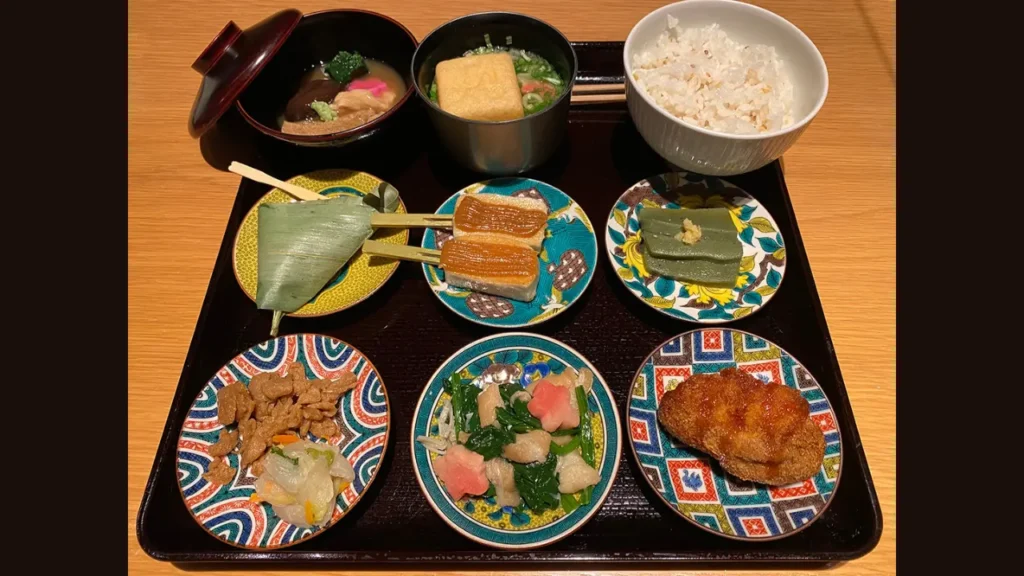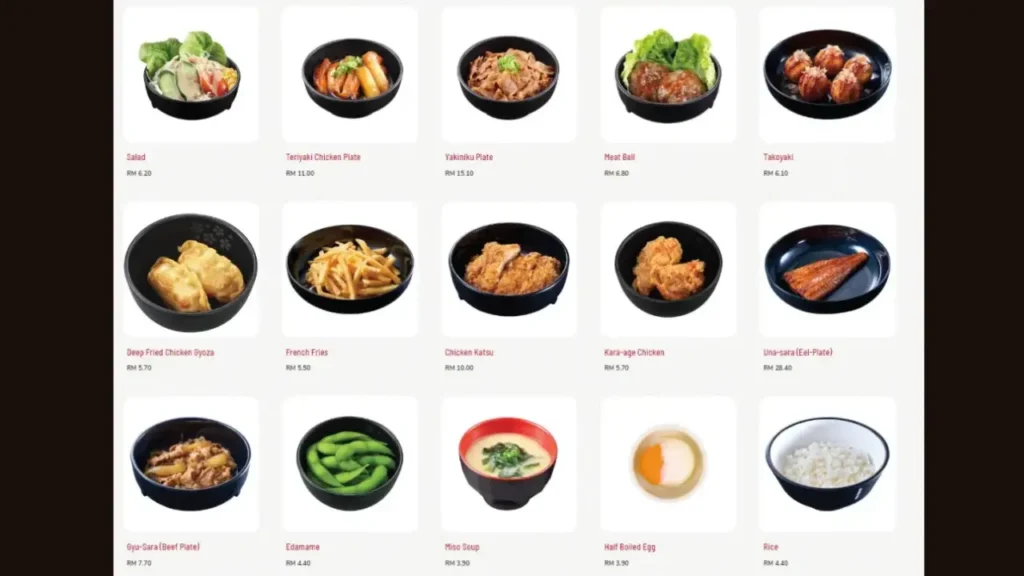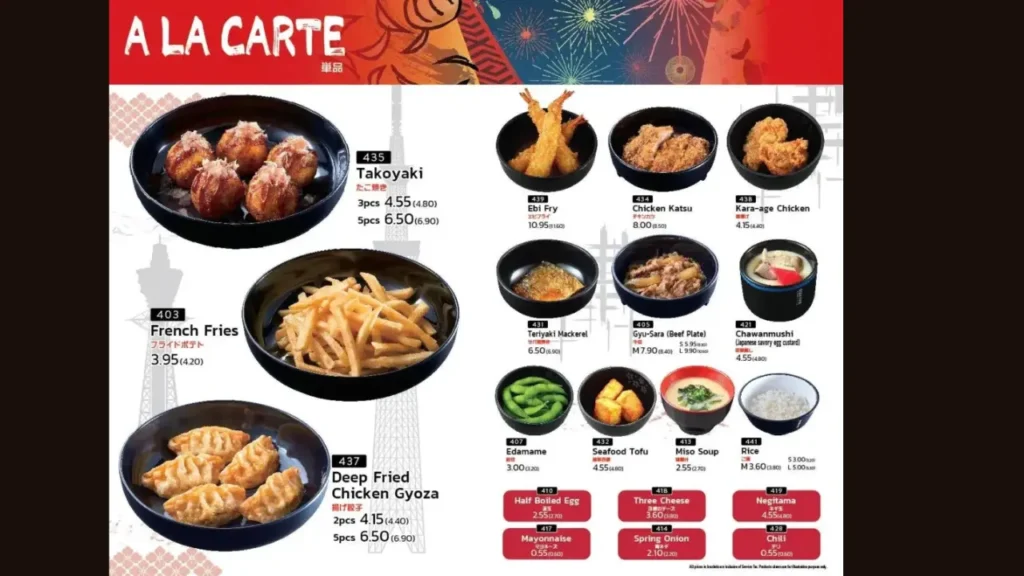Understanding the food price in Japan is important for anyone planning to visit, move, or live in this fascinating country. Japan offers delicious cuisine, but the cost of food can sometimes surprise people. Whether you’re shopping at a supermarket or dining out at a ramen shop, knowing the average prices helps you budget better. This article will guide you through various food costs in Japan using clear examples and real-life comparisons

Food Prices Are Unique in Japan
Food prices in Japan are often higher than in many other countries, especially compared to Southeast Asia. This is because Japan imports a large amount of its food. Also, local farming in Japan uses smaller plots of land, which makes production more costly. Japan’s food system is focused on quality, safety, and presentation, which also adds to the price.
Grocery Shopping in Japan
When you shop at a supermarket, you will notice that basic grocery items in Japan are not very cheap. Imported products cost more, while local seasonal produce is more affordable. Japanese consumers prefer fresh and clean packaging, which increases costs.
Here’s a table showing the average grocery prices in Japan:
| Item | Price (JPY) | Price (USD) |
|---|---|---|
| Milk (1 liter) | ¥210 | $1.40 |
| Bread (white loaf) | ¥180 | $1.20 |
| Eggs (10 pack) | ¥250 | $1.65 |
| Rice (1 kg) | ¥500 | $3.30 |
| Apples (1 kg) | ¥600 | $4.00 |
| Chicken (1 kg) | ¥850 | $5.65 |
Food price in Japan are higher for meat and dairy, as many of these items are imported. However, vegetables and tofu are often cheaper and local.
Local Meals vs. Western Chains

When dining out, prices depend on where and what you eat. A simple bowl of ramen might cost less than ¥1,000, while a Western-style lunch may cost more than ¥1,500. Japanese fast food like gyudon or udon shops are affordable, but places like McDonald’s or KFC are often more expensive than in other countries.
Street Food and Convenience Stores

Japan’s street food scene is fun and delicious. At food stalls or festivals, you can enjoy items like takoyaki (octopus balls) or yakitori (chicken skewers). Prices for these snacks usually range from ¥300 to ¥600. Convenience stores like 7-Eleven and FamilyMart sell ready-to-eat meals like sandwiches, onigiri (rice balls), and bento boxes for as low as ¥200 to ¥600. These are fresh, tasty, and budget-friendly.
Monthly Food Budget
If you live in Japan, your monthly food budget depends on your habits. Cooking at home saves money, while eating out often can be expensive. A single person can spend around ¥30,000 to ¥50,000 ($200 to $330) per month on food. This includes groceries and occasional dining out.
Here’s a sample monthly food budget:
| Category | Monthly Cost (JPY) |
|---|---|
| Groceries | ¥25,000 |
| Eating Out | ¥15,000 |
| Snacks & Drinks | ¥5,000 |
| Total | ¥45,000 |
Food Price in Japan vs. Other Countries
Food price in Japan is much higher than in countries like Malaysia or India. However, it is lower than in places like Switzerland or Norway. Japan is known for its clean and safe food system, which partly explains the cost. Compared to the U.S., groceries in Japan are a little cheaper, but eating out can cost more.
Seasonal Price Changes
Japan has four seasons, and food prices change based on the time of year. In summer, fruits like melons and peaches are expensive because they are seen as luxury gifts. In winter, root vegetables become more affordable. Buying local and in-season products is the best way to save money on groceries.
Tips to Save Money
To manage your food budget well in Japan, consider these tips:
- Shop late in the evening when supermarkets offer discounts.
- Buy in bulk from discount chains like Don Quijote or Gyomu Super.
- Use point cards or apps that offer cashback or coupons.
- Prefer local markets for fresh produce instead of department stores.
Following these steps helps you handle the high food price in Japan smartly and enjoy good meals.
Regional Differences in Food Costs
Food prices are higher in Tokyo than in smaller cities or rural areas. In cities like Osaka, Fukuoka, or Sapporo, food costs are slightly lower. Transportation costs and rent impact the final prices of food items. Coastal areas have cheaper seafood, while rural zones offer fresh vegetables at better rates
Final Thoughts
The food price in Japan might feel expensive at first, especially for travelers or expats from cheaper countries. However, with good planning and smart choices, you can enjoy Japanese cuisine without overspending. Japan offers safe, fresh, and tasty food. Whether you buy from a supermarket, eat at a noodle shop, or grab a bento from 7-Eleven, you will always get great quality.
Leave a Reply